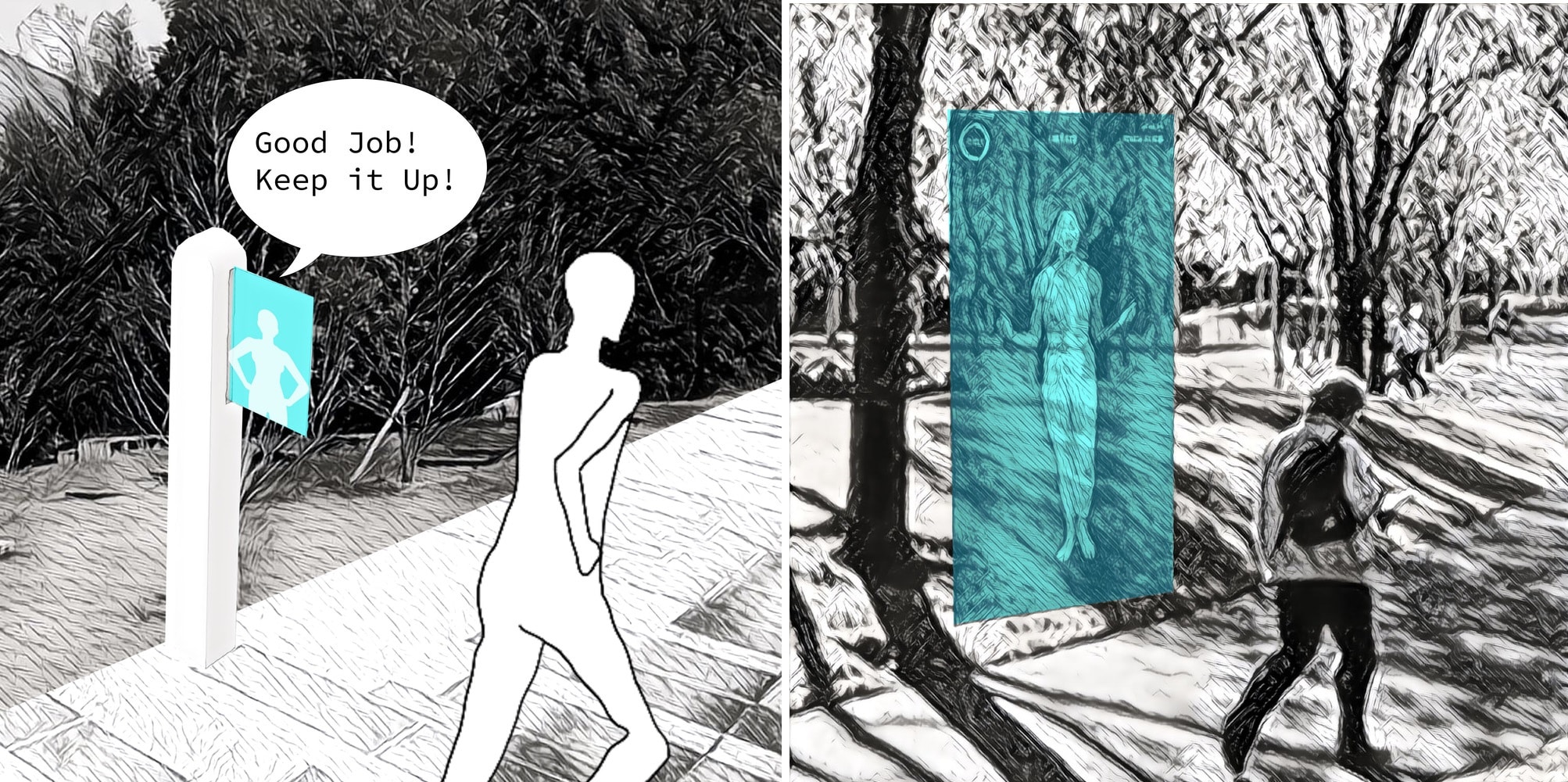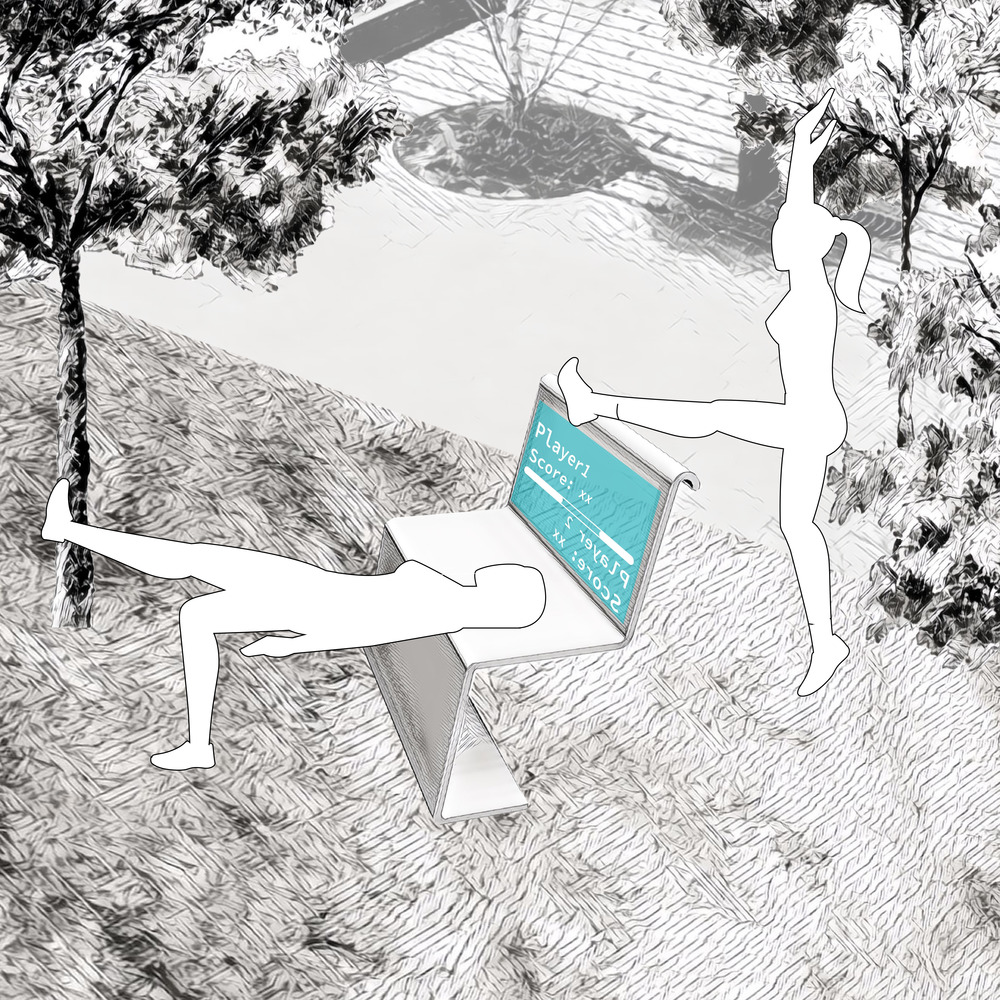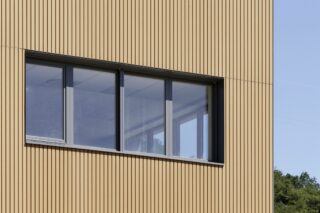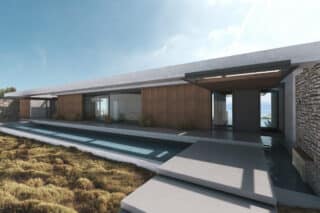The city of Laval and the MIT Senseable City Lab (SCL) released the publication of the Senseable City Guide to Laval, a compendium of six bold preliminary concepts from graduate-level students of the MIT exploring novel experiences with regard to the “park of the future”.
SCL and the city of Laval, Québec’s 3rd largest city, have been collaborating for three years on a project involving the future of the park Carré Laval. In the spring of 2020, several Laval stakeholders and residents took part in meetings with SCL researchers to help the graduate students imagine what 21st-century park use in Laval could become.
They have since released the Senseable City Guide to Laval. The publication is part of the city’s plan to transform a former quarry in the downtown area into a 21st-century, human-centered innovation district surrounding a park with a lake.

The future of the park Carré Laval as a mixed-use innovation district relies on how the graduate students imagined new experiences therein. They explored the park as a space utilized for work and leisure and researched how to conceive novel experiences in order to attract people from all walks of life.
“The park of the future is a place where digital technologies augment the physical space to enable novel work and leisure experiences,” explained Simone Mora, Senior Post Doc within SCL, in a press release.
“The park of the future is first and foremost an accessible and innovative public space. What we are striving for is, above all, to use audacity and technology to offer richer and more meaningful human experiences. The Senseable City Guide to Laval is a starting point in this regard,” said Stéphane Boyer, Vice-Chairman of the Executive CommitteeCity Councillor for the Duvernay–Pont-Viau district, in a press release.

Laval will therefore invite residents, stakeholders, and technology partners to become actively involved in an exciting and inclusive public process in which people will want to take part.
“We are very happy to be working with the city of Laval to start imagining together the future of public spaces as hubs for innovation,” stated Carlo Ratti, Director of the MIT Senseable City Lab, in a press release. “Feedback loops and participative processes are crucial for designing the city of tomorrow. We look forward to engaging in further discussions with Laval’s local communities.”
“The work presented is a collection of visions and experiences that leverage digital technologies to create new types of human interactions and enhance existing social dynamics in public spaces,” stated Ricardo Alvarez, a Post Doc Fellow within SCL, in a press release.
The publication of the Senseable City Guide is an initial step in this research project that will continue into 2022.
Here is a brief outline of the concepts found in the Guide:
- Activating Surface imagines a park in which physical devices and interactive surfaces, such as holographs and lights, facilitate social interaction, exercise, and the exploration of the park’s spaces.
- Infinite Memories harnesses technologies to provide sculptural elements, including a Laser Etch Pod, to foster the creation and sharing of enduring memories among the park’s users.
- Fora capitalizes on the park’s role as an agora, a space where residents come together to engage with each other in dialogue and conversation using “internet of things” (IoT) architecture alongside park furniture, such as chairs and side-tables.
- iTable envisions park tables that serve the everyday role of a place to engage and talk and share a meal but can be flipped to reveal an electronic ink board to share creativity and ideation.
- MinecARft exploits an array of technologies to stimulate quests, crafting, and comments. An AR app will allow the park’s users to create elements and interact with each other and each other’s works.
- FOODPRINT reaches out to Laval’s vital role as an island that has grown food for centuries and proposes social food spaces that connect people with farms, food supply, and each other while using the park.















